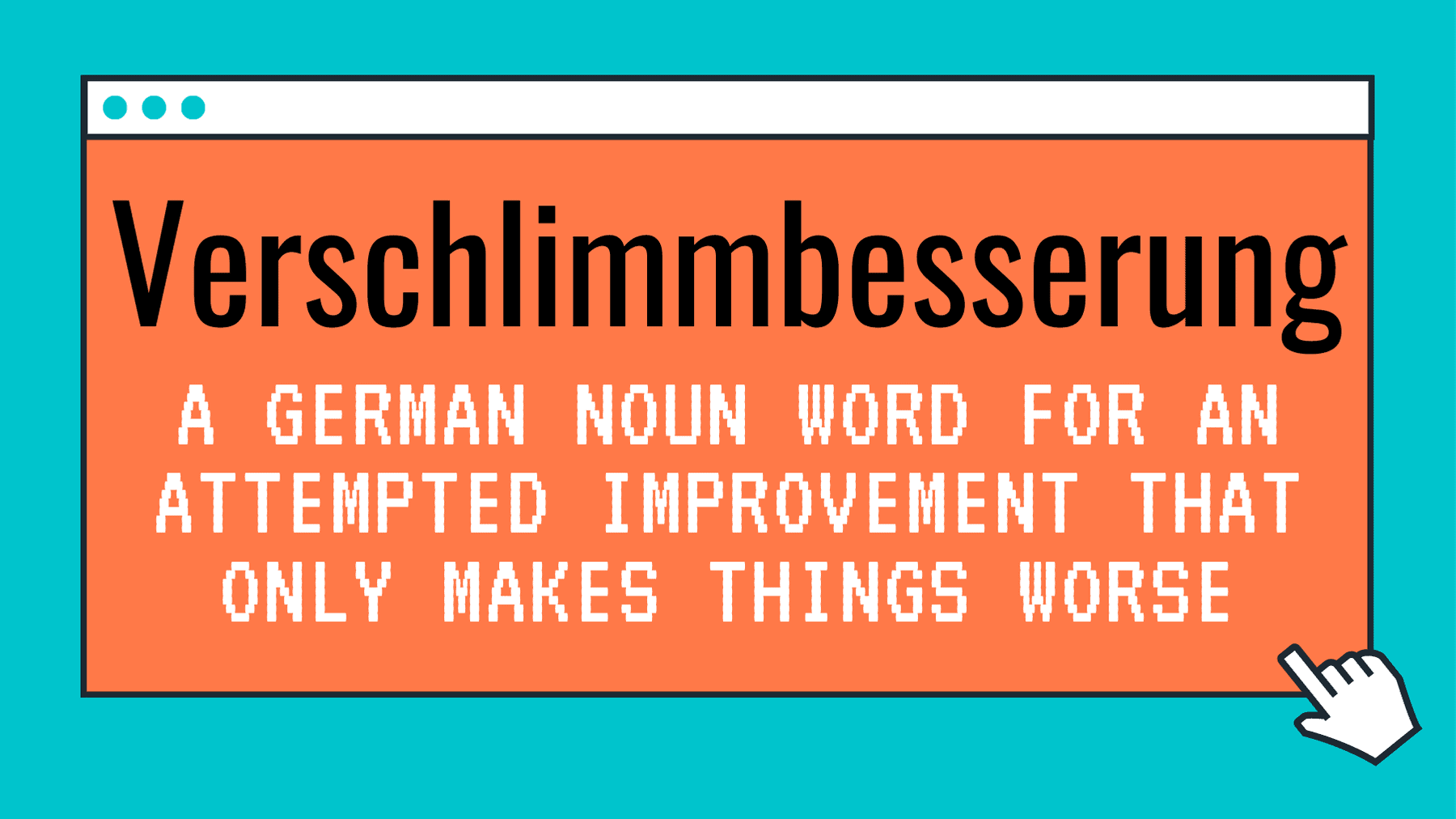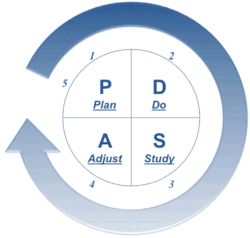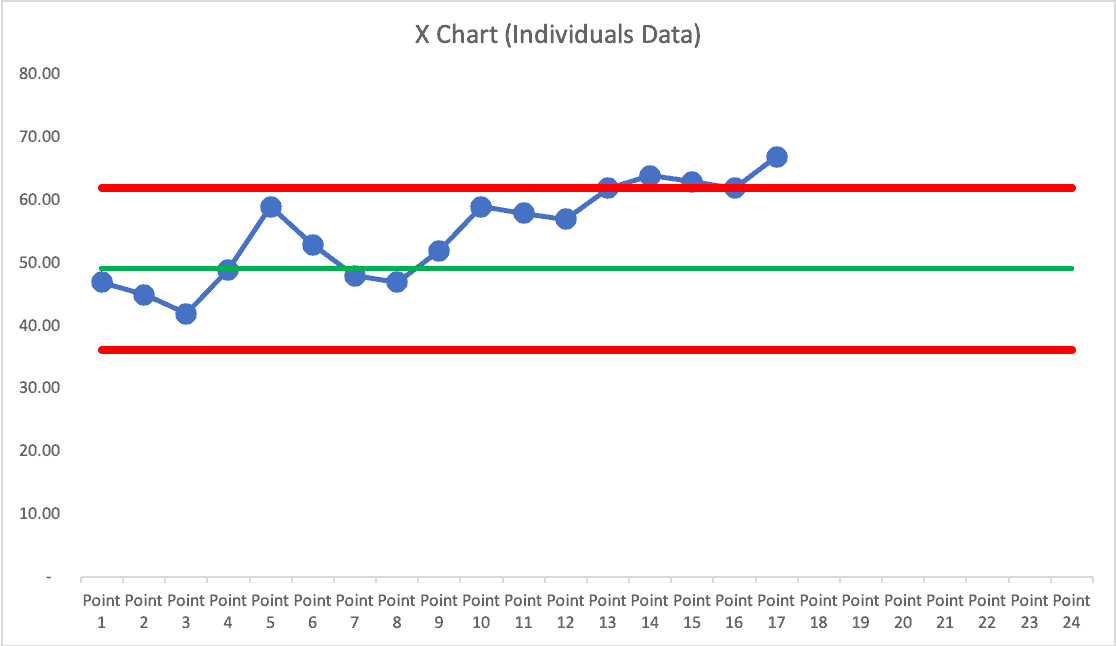Almost to a fault, the Lean methodology includes a lot of Japanese words, including kaizen, a word used to describe a particular approach to continuous improvement.
When we learn words like this, they can draw us in to learn and understand more. Or, words like this can be off-putting to some, creating unnecessary barriers to engagement and agreement.
When we talk about takt time as a way of expressing the rate of customer demand, we're using a German word that we might remember from music studies. Sheet music that says tt=120 means the tempo, or takt time is 120 beats per minute.
Or, the music might simply say “tempo = 120” or show that a quarter note = 120.

Using a phrase like “tempo” might be more clear to people over “takt time,” whether that's in music or in Lean.
Using the phrase “continuous improvement” instead of “kaizen” might provide clarity, or we might lose some nuance or detail by using a more generic term that might mean almost anything.
We might intend to use a clearer word or phrase, only to find we have made things worse.
That brings me to the German word that I recently learned (thanks to an “And finally…” segment in the ESPN Radio SportsCenter update on the Dan Le Batard Show recently).
That word is “verschlimmbesserung.”

“An attempted improvement that only makes things worse.”
Wow.
Trying to use that word during a Rapid Improvement Event might only make things worse.
But, seriously, when we are practicing kaizen, we have to be open to the idea that we might try something that's thought out and well intended… but it only makes things worse.

That's why we don't just “implement solutions” in a linear way that assumes our ideas are good ones. We have to follow the cycle of Plan, Do, Study, Adjust.
In the course of A3 problem solving, we might think that a certain “countermeasure” (a change to the way our work is done) will lead to a reduction in patient waiting time. So, we go test that change.
We might see, through a Process Behavior Chart, that we've actually made things worse (for a measure where lower / down is better).

Oops. It's better to recognize that and then adjust accordingly. Why did our attempted improvement make things worse? What do you learn from that?
We have to be on guard for…. wait, what's that super long German word again?
Let's just say we should be careful with attempted improvements that just make things worse.
Trying to use the word “verschlimmbesserung” or trying to force it into our “Lean lexicon” might actually make things worse.
What do you think? Please scroll down (or click) to post a comment. Or please share the post with your thoughts on LinkedIn – and follow me or connect with me there.
Did you like this post? Make sure you don't miss a post or podcast — Subscribe to get notified about posts via email daily or weekly.
Check out my latest book, The Mistakes That Make Us: Cultivating a Culture of Learning and Innovation:










The LInkedIn discussion:
A blog post by Dan Markvotiz on “Fixes that Fail”:
https://www.markovitzconsulting.com/blog/fixes-that-fail
[…] Mark’s post about verschlimmbesserung […]